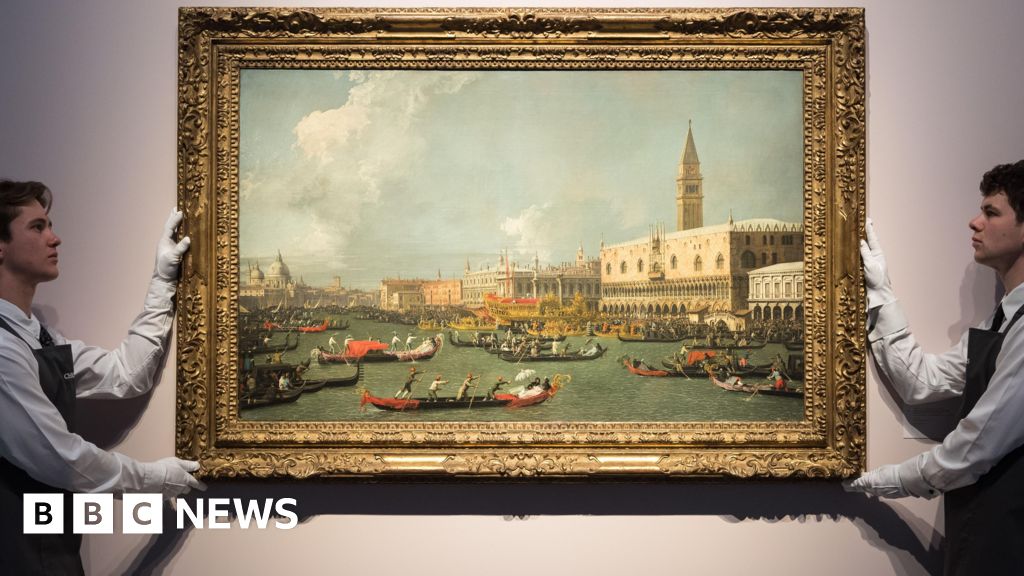A Record-Breaking Sale for a Canaletto Masterpiece
A painting of Venice by the Italian artist Canaletto, once owned by the UK’s first Prime Minister, has been sold for a staggering record fee. The artwork, titled "Venice, the return of the Bucintoro at the Ascension Day," was painted around 1732 and sold at Christie’s in London for £27.5 million, setting a new auction record for the artist.
The Painting’s History
The painting was once hung on the walls of Downing Street number 10 during the term of office of Sir Robert Walpole, from 1721 to 1742. According to Christie’s global director of the old master department, Andrew Fletcher, the artwork is "undoubtedly the artist’s greatest work to have come onto the market in a generation." Fletcher notes that it is rare for a masterpiece like this to come onto the art market, especially one by a painter as important as Canaletto.
The Artwork’s Significance
The oil on canvas artwork is not only remarkable for its famous origin but also for its impeccable condition. The painting depicts the greatest and most familiar view of Venice through the eyes of the city’s best-known painter. Canaletto, whose real name was Giovanni Antonio Canal, was born in Venice in 1697 and became a favorite among British art collectors.
Previous Sales and Records
The painting was last sold in 1993 at an auction in Paris for a record-breaking 66 million French francs (approximately £7.5 million). In the past, another Canaletto painting, titled "Grand Canal from Palazzo Balbi," was sold at Sotheby’s in London for £18.6 million, which was the previous record auction price for a Canaletto. This time, the painting was expected to sell for around £20 million but exceeded expectations.
The Artist and His Work
Canaletto’s artwork is highly prized for its beauty and historical significance. The feast of Christ’s ascension, depicted in the painting, was a key event in the Venetian calendar until the fall of the Venetian Republic in 1797. The event would see the Doge of Venice, the elected head of state, throw a ring into the water as a symbol of Venice’s marriage to the sea. It is not known how Sir Robert acquired the painting, but his son Edward may have contributed to arranging the art contract after spending time in Venice.

